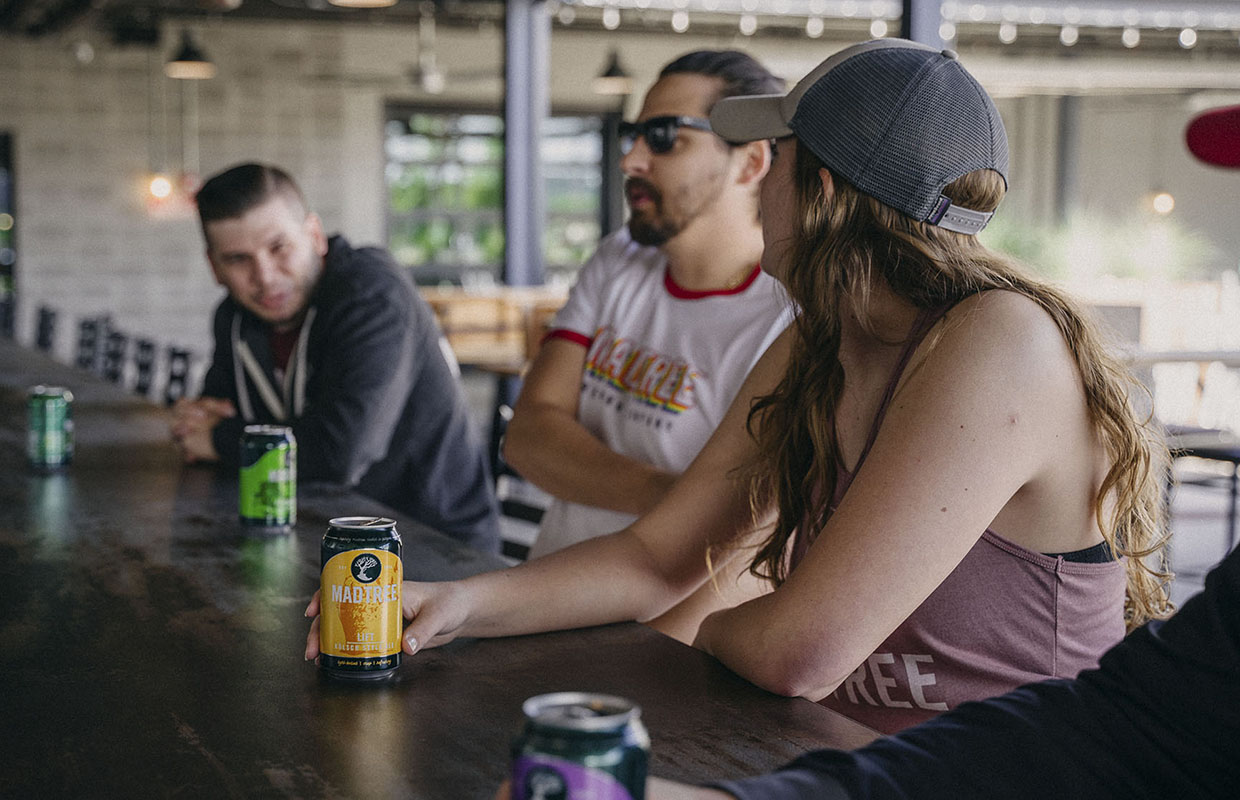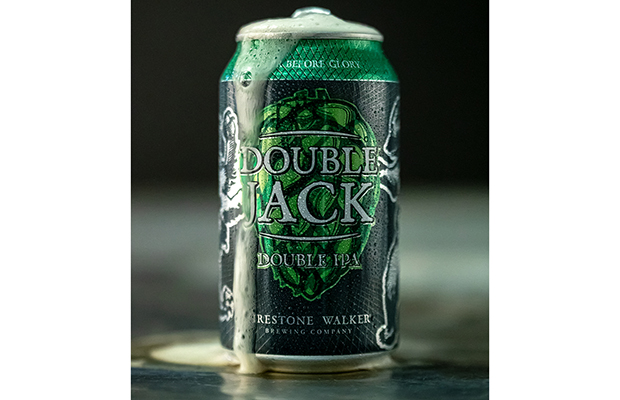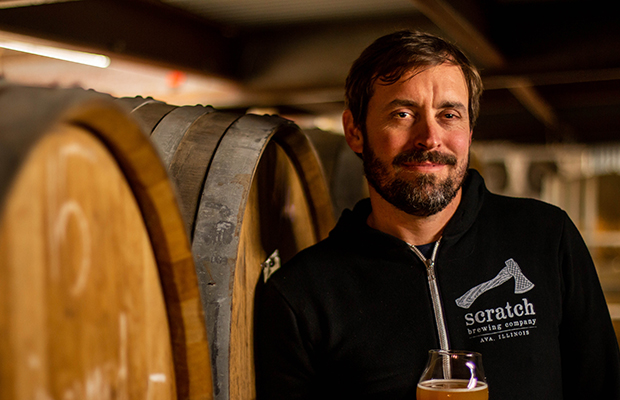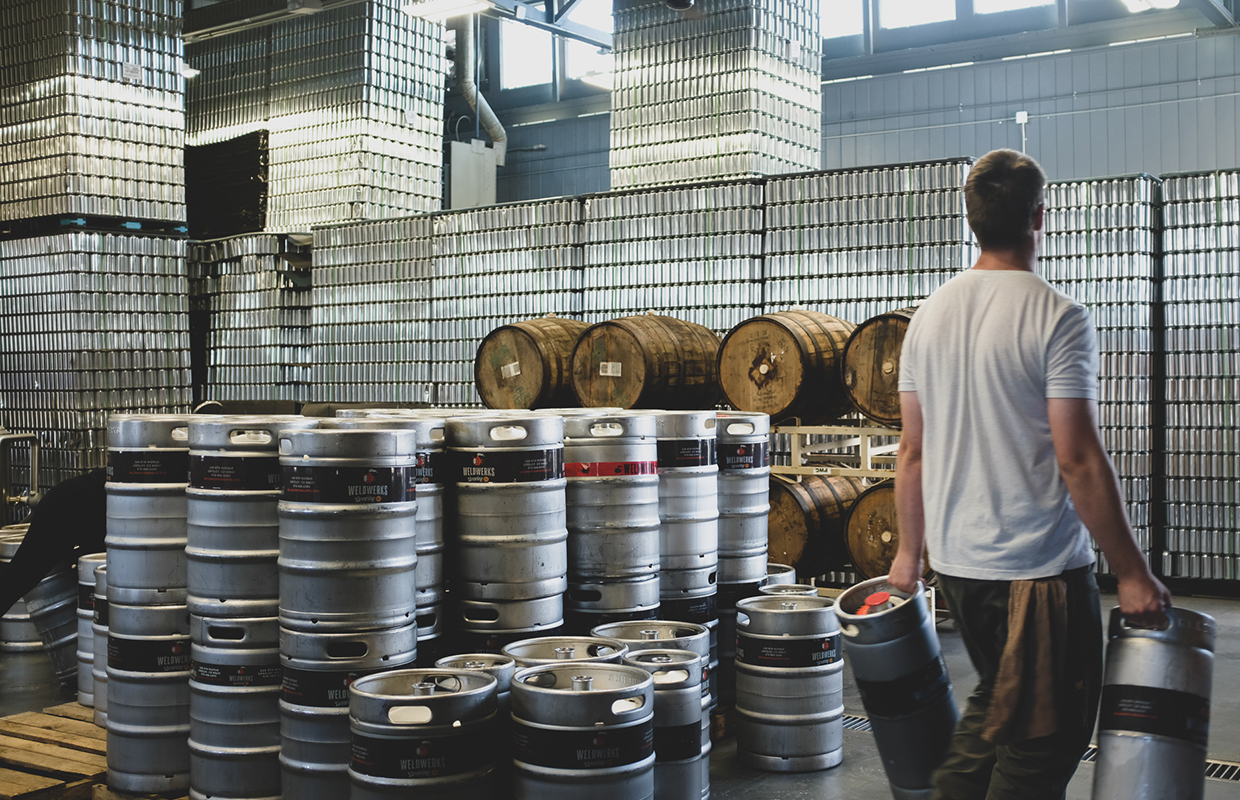
Social media is nearly a pure media form today and for a brewery like Jack’s Abby’s Sr. Director of Marketing, Rob Day said he treats it as such.
“Social media has evolved wildly in the past five years or so as the algorithms choke off organic reach and push brands to paid platforms,” he lamented. That means the brewery’s social budgets and efforts are being compared to all other media tools at Day’s disposal.
It was fun while it lasted, but marketing online is not just a free post on a social media channel anymore. Utilizing data, pinpointing reach, and shelling out dollars is key in engaging with an online audience more than ever.
Barry Elwonger of Motorworks has dug into this a lot more recently and says it’s been a key for the Bradenton and Orlando facility to grow, both in beer sales and exposing the brand as more than a brewery as well. It has taken him years to understand a variety of social media metrics and how they can help market the brand, but it’s worth it.
“Pick one thing and do it very well,” said the Florida brewery’s Director of Sales & Marketing. “Start and actually look at what your analytics offer on your social media and see how you are doing against your competitors. If you start doing ads on there, make sure that you’re looking at the metrics. Because most of the people [doing this] are already familiar with the interfaces. It’s something that you can see and it doesn’t cost you anything.
“The next thing that I would do — because they have free classes and certificates, and it is surprising how many brewery websites do not have it — is have Google Analytics installed. It’s free. You can drop it or have your developer drop it onto your website. You can see who’s looking at your website, where they’re at, what their demographic is like … you can get so much awesome information from analytics. You can learn that in probably a week or two how to decipher that information with a free class that’s given by Google. Some people would be surprised that who they think their ideal customer is versus who’s actually visiting their site and probably walking in their doors.”
Demographics from something like Google Analytics is very useful, Elwonger said, and so is the visitor location information, especially when thinking about opening a satellite location.
“If you see a TON of traffic from XYZ city it might be worth exploring that for a satellite location,” Elwonger suggested.
There are a lot of social media metrics out there that help tell some sort of story and for MadTree, there have been two metrics that have been really important to Marketing Manager Travor Self. Engagements per post, which is the total number of written interactions that the general public has in response to original content that a brand published is the first for the Cincinnati brand. Seeing how it stacks up against competitors is key.
“This is helpful in seeing how some brands post all the time with content all over the place, but no one is really interacting with them,” Self said. “When the content is really engaging and driving the engagements per post positively, less is actually more brand building.”
Another metric that is a really good pulse check for a brand is Engagement Rate (per Impression).
“This is the number of times during any given reporting period that users engaged with our posts as a percentage of impressions,” Self explained. “This is a really good indicator with just how engaged people are with our brand.
“This separates out what content is actually compelling, relatable, and resonating with our followers and helps us decide how and what to message on in the future.”
Toppling Goliath also focuses on impressions and engagement.
“Obviously, Impressions are really important because that is the number of times the content is shown to users,” said Marketing Manager Sarah Moellers. “However, we really focus on having meaningful engagement with our audience by scheduling our post during optimum times on different platforms and having our engagement team scheduled during those golden hours for each post. We find that by staying attentive and responding to posts and tag as much as we can build stronger brand loyalty with our fans.”
Motorworks does quite a bit of online and paid advertising, but one thing that Elwonger typically does with pretty much any campaign is set a SMART goal — something that is Specific, Measurable, Attainable, Realistic, and Timely.
“A SMART goal would be to grow our Facebook audience likes and followers by 10% within three months in the 35-45 demographic … that’s a legitimate SMART goal that I’ve used before,” he explained. “So I build a campaign based around that and when I’m doing targeting for an area, I set it as a benchmark so that the goal is actually something that you’re not just blindly wasting marketing dollars. You’re doing it with intent and going after a specific market segment or persona.
“I like to picture who that specific person is. An example would be my ideal customer, Dawn, is 36 with two kids and drinks a six-pack every weekend. That would be trying to dial into that customer base right there. This is not just for Facebook, that’s across the board in any advertising I’m doing. I typically have a SMART goal aligned with it.”
Engagement can be just as important if not more than what sort of reach you can attain.
“It’s important that part of the reason that you want to have a huge following and all that is to try to get as much organic as you can out of it before you start paying Zuck to give you some eyes — if you will,” Elwonger said. “Reach is huge.”
Spending on pay-per-click advertising may not benefit your brewery’s beer brand, but if you have expanded past that as a route to host events such as weddings or business meetings, something like Google Ads PPC can be worth sinking some capital into. It can build your brand in a new way and if the income from hosting these events far outweighs the cost, it’s a worthwhile investment.
“PPC is not common for our industry, especially with the limitations for advertising alcohol,” Elwonger said. “We have this beer garden and this massive event space where we tend to host a lot of weddings and stuff. Google — just like Facebook — at this point can get really expensive with your ad spends, but when I’m paying $5-7 dollars a click for a wedding-related word, the weddings — whenever we do convert one — typically bring in $5-10,000.”
The key there is making sense and converting/hitting the right people through keywords.
“If a specific keyword is getting a ton of clicks but it’s never converting, make sure that that gets on your negative list,” Elwonger advised.
Motorworks still gets a ton of word of mouth, but utilizing keyword-driven searches definitely helps with a new revenue pipeline.
“Being top of mind when someone is looking for that, especially if someone doesn’t realize that we do weddings, and semi-private weddings, because we’re a little bit less expensive than most other venues,” Elwonger said. “We’ve definitely booked more of it between people finding out that we do that as a venue. And because we’ve made it a point to advertise it on those things.
“When someone’s going to Google, they’re looking for something specific, because they’re looking to convert, it’s a customer that’s actually in the marketplace, right? It’s not just general knowledge. That is a customer that is working towards the bottom of that funnel, we definitely try and make it a point to be a part of that race.”






Be the first to comment